Spot Problems With the Electrical Wiring to Keep the Home Safe
When it comes to electrical safety, recognizing faulty wiring early is essential for preventing fire hazards and system failure. This guide highlights the warning signs and dangers of deteriorating or outdated electrical wiring, offering practical solutions that promote long-term safety and peace of mind. Faults in a home’s wiring system can develop silently and pose serious risks if left unaddressed.
Signs to Repair or Replace the Wiring
 Early detection of electrical wiring problems can help avoid hazardous conditions. Frequent circuit breaker trips often indicate an overloaded or deteriorating system. These disruptions occur when circuits carry more electrical current than their design allows, signaling that internal components may be compromised.
Early detection of electrical wiring problems can help avoid hazardous conditions. Frequent circuit breaker trips often indicate an overloaded or deteriorating system. These disruptions occur when circuits carry more electrical current than their design allows, signaling that internal components may be compromised.
Discoloration or scorching on outlets, warm outlet covers, or unusual buzzing noises around switches and outlets are clear signs of excessive heat or faulty connections. These symptoms often point to arcing electricity or loose terminals. A persistent burning smell, especially one resembling melting plastic, frequently suggests that insulation on internal wires is breaking down and overheating—conditions that require immediate evaluation by a licensed professional.
Flickering or dimming lights, particularly when large appliances activate, often reveal inconsistencies in power distribution. This symptom indicates that the wiring is unable to meet household demands. Additional red flags include slight electric shocks from appliances, outlets that fail to grip plugs firmly, or the presence of aluminum wiring in structures built between 1965 and 1973. Electrical fires commonly originate inside walls and spread rapidly, making prompt intervention and regular system evaluations critical for ongoing safety.
Dangers of Faulty Wiring
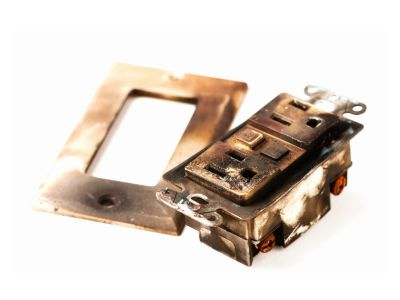 Deteriorated or poorly installed wiring presents serious threats that go beyond minor electrical inconveniences. Damage to insulation or connections increases the risk of electrical fires, which remain one of the leading causes of residential property damage and injury. Data from the National Fire Protection Association reports that electrical failures or malfunctions lead to approximately 51,000 fires annually in U.S. homes, with significant casualties and financial loss.
Deteriorated or poorly installed wiring presents serious threats that go beyond minor electrical inconveniences. Damage to insulation or connections increases the risk of electrical fires, which remain one of the leading causes of residential property damage and injury. Data from the National Fire Protection Association reports that electrical failures or malfunctions lead to approximately 51,000 fires annually in U.S. homes, with significant casualties and financial loss.
Among the most common culprits are overloaded circuits. When multiple appliances or high-demand devices operate on a single circuit, the resulting heat from excess electrical current can melt insulation and ignite nearby materials. Homes with outdated wiring systems—such as knob-and-tube or aluminum—face even greater risks due to outdated safety standards and material limitations.
Loose or deteriorating connections may cause electrical arcing, which can produce temperatures exceeding 10,000°F—more than enough to spark ignition in surrounding materials. In areas near water, faulty wiring also presents serious electrocution hazards. Handling these conditions without proper training can be deadly, which is why expert inspection and repair are always the recommended course of action when wiring issues arise.
The Risks of Aluminum Wiring
Aluminum wiring, commonly used in residential construction between 1965 and 1973, is now recognized as a high-risk material due to its poor long-term performance. Though originally installed as a cost-effective substitute for copper, aluminum wiring has been linked to significantly higher fire risk. Research from the Consumer Product Safety Commission shows that homes wired with aluminum are up to 55 times more likely to develop fire hazard conditions compared to those with copper wiring.
The issue stems from aluminum’s tendency to expand and contract with changes in temperature. This thermal movement causes terminals and connections to loosen over time, generating resistance and heat—especially at outlets, switches, and junction boxes. Oxidation further exacerbates the problem, forming high-resistance barriers that can cause dangerous overheating.
In homes constructed during the aluminum wiring era, professional assessment is crucial. Electricians can identify aluminum wiring by inspecting panels and connection points. Although full replacement with copper provides the safest long-term fix, cost-effective options exist. One approved method, known as “pigtailing,” involves joining copper wires to existing aluminum wires using special connectors and anti-oxidation compound. This technique significantly reduces fire risk without requiring full system replacement.
Whether through pigtailing or complete rewiring, correcting aluminum wiring should be considered a top safety priority in older homes.
About Allsource Electrical Technologies
Allsource Electrical Technologies is an expert electrical contractor serving the area of Houston, TX, and beyond. They offer the latest technology, straightforward pricing, and on-time services. Call them for electrical wiring repair and replacement services in Houston, TX.

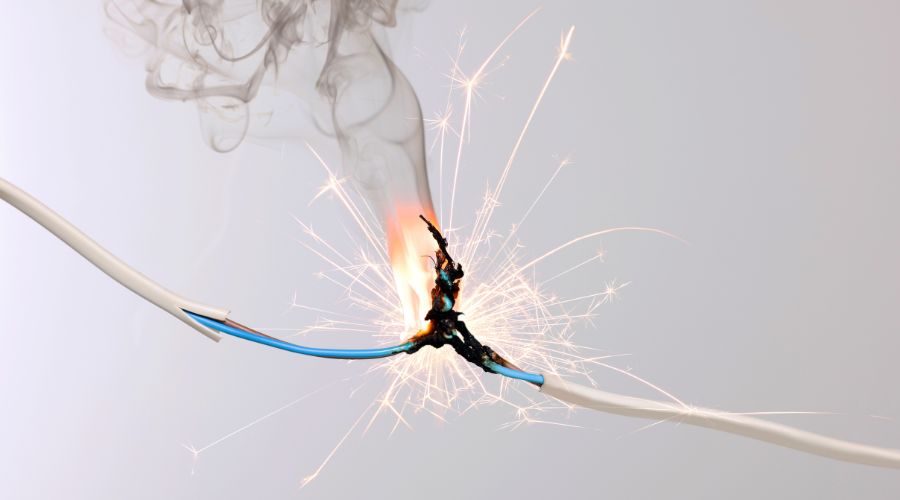
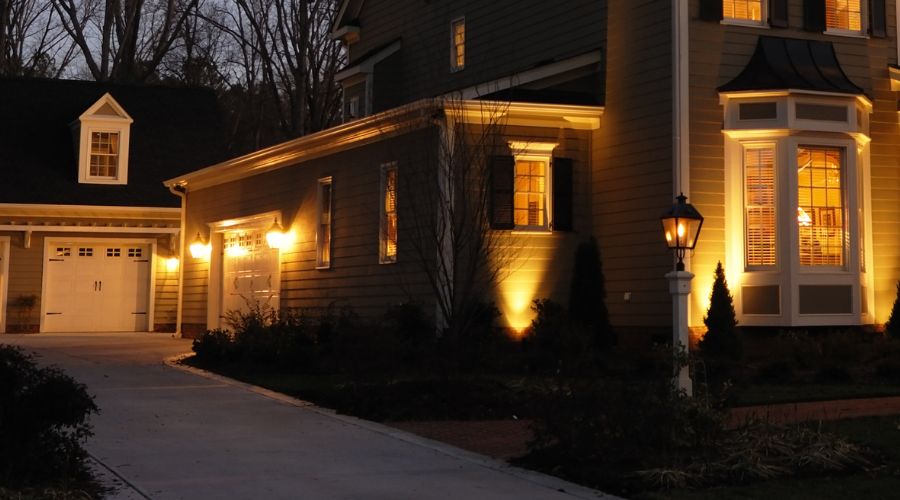
 Strategic outdoor lighting installation transforms ordinary gathering spaces into stunning entertainment venues that shine long after sunset. Properly placed
Strategic outdoor lighting installation transforms ordinary gathering spaces into stunning entertainment venues that shine long after sunset. Properly placed 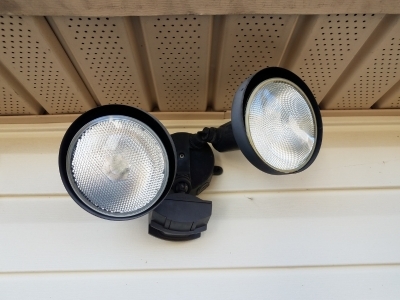 Proper outdoor lighting installation dramatically improves home security while creating a safer environment for family and guests after dark. Motion sensor lighting serves as the first line of defense, automatically illuminating when movement is detected and potentially deterring unwanted visitors. These security fixtures work silently around the clock. Strategic placement near entry points, garages, and vulnerable areas maximizes their effectiveness as both a deterrent and a notification system.
Proper outdoor lighting installation dramatically improves home security while creating a safer environment for family and guests after dark. Motion sensor lighting serves as the first line of defense, automatically illuminating when movement is detected and potentially deterring unwanted visitors. These security fixtures work silently around the clock. Strategic placement near entry points, garages, and vulnerable areas maximizes their effectiveness as both a deterrent and a notification system.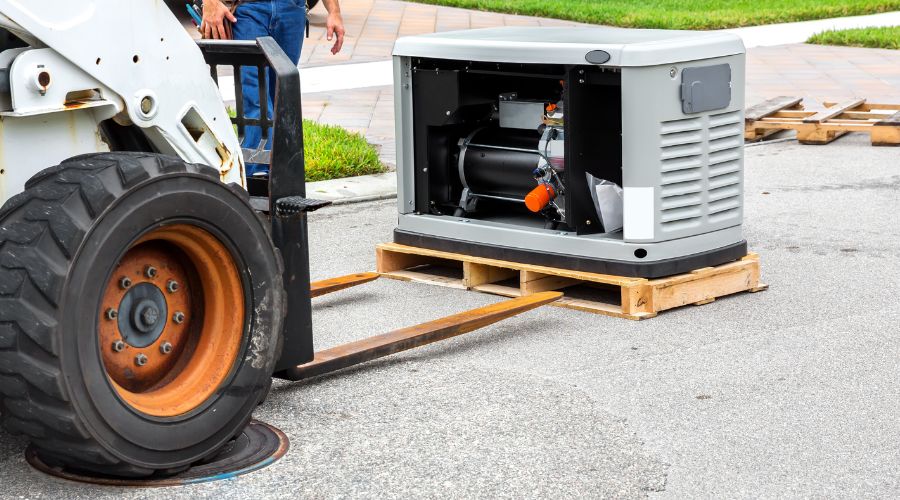
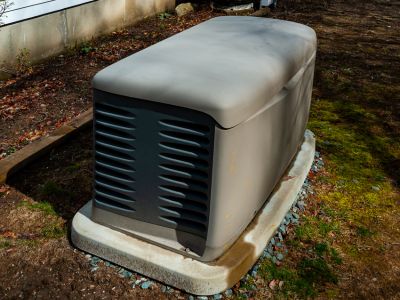 A standby generator functions as an automated backup power system that activates when a home experiences a power outage. The core component of this system is the
A standby generator functions as an automated backup power system that activates when a home experiences a power outage. The core component of this system is the 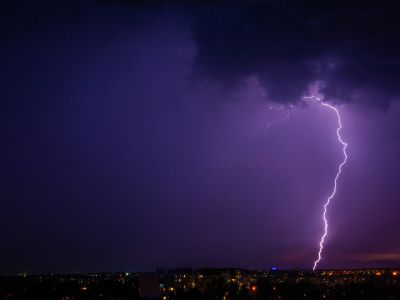 A standby generator serves as a crucial backup system that automatically activates within seconds of detecting a
A standby generator serves as a crucial backup system that automatically activates within seconds of detecting a 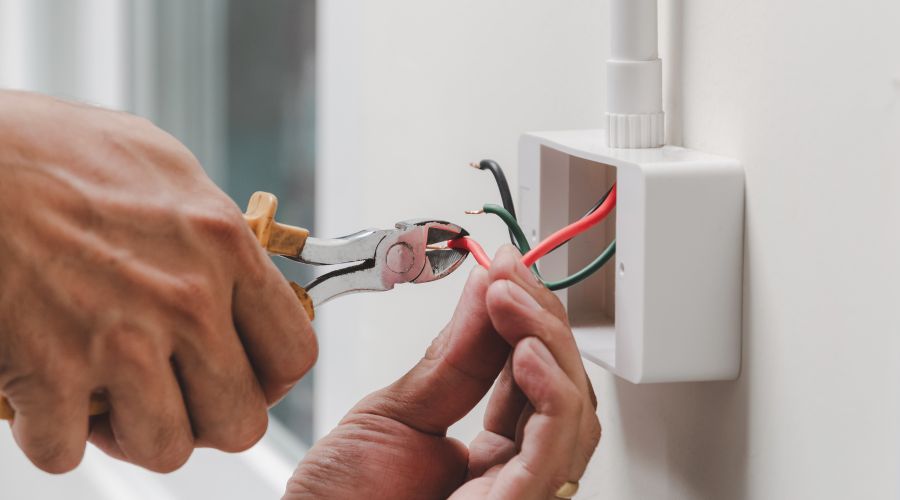
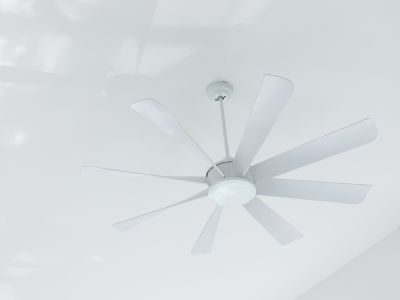 Ceiling fans are one of the most cost-effective ways to upgrade a home, as they’re generally affordable yet provide many benefits. A ceiling fan will not only provide more air movement, making the living space more comfortable, but it can also allow homeowners to rely less on air conditioning and heating systems, lowering their utility bills.
Ceiling fans are one of the most cost-effective ways to upgrade a home, as they’re generally affordable yet provide many benefits. A ceiling fan will not only provide more air movement, making the living space more comfortable, but it can also allow homeowners to rely less on air conditioning and heating systems, lowering their utility bills. 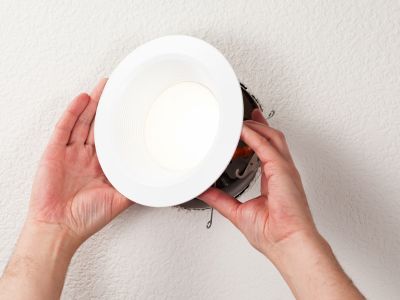
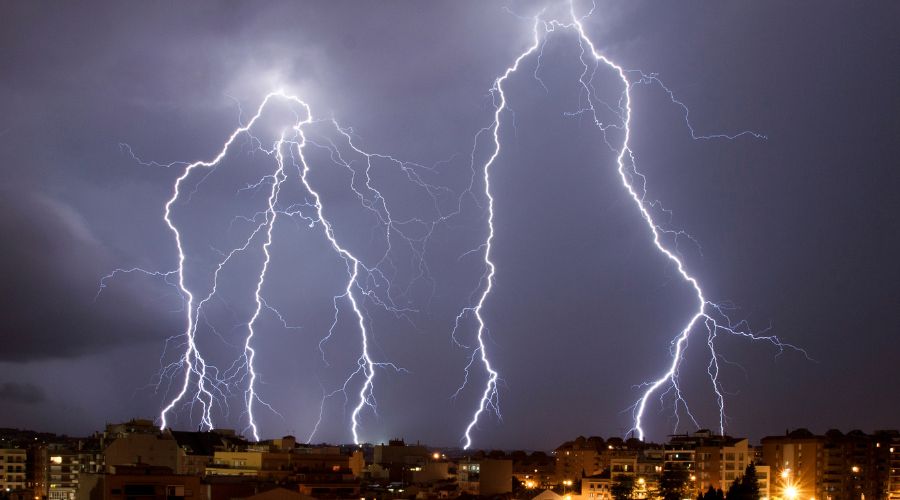
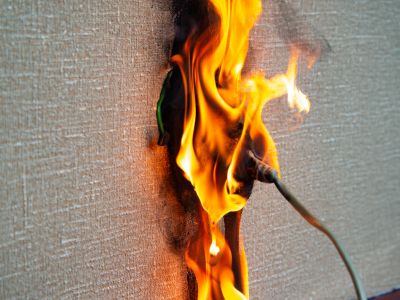 Electricity travels through the wires on the power grid in a wave. This type of electricity is called AC power, and it is distinctly different from the kind needed to power the chips in all the devices people use daily. Direct current or DC power is the type of power needed for sensitive electronics. Electronics prefer this type of power because it is consistent.
Electricity travels through the wires on the power grid in a wave. This type of electricity is called AC power, and it is distinctly different from the kind needed to power the chips in all the devices people use daily. Direct current or DC power is the type of power needed for sensitive electronics. Electronics prefer this type of power because it is consistent. 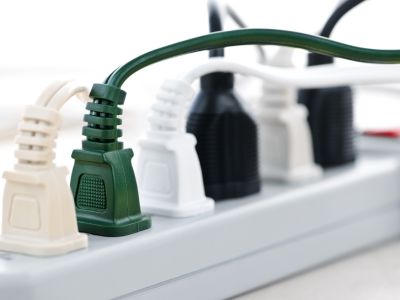 Power surges occur regularly on the grid. The most well-known cause of a power surge is when
Power surges occur regularly on the grid. The most well-known cause of a power surge is when 
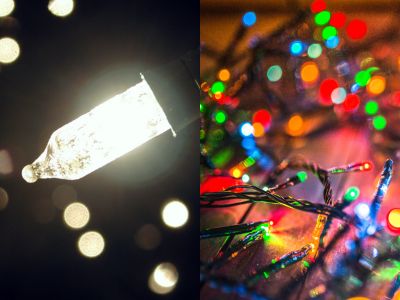 Holiday decorating technology has advanced greatly in recent decades. Older decorations were dominated by incandescent bulbs, which had several major flaws.
Holiday decorating technology has advanced greatly in recent decades. Older decorations were dominated by incandescent bulbs, which had several major flaws. 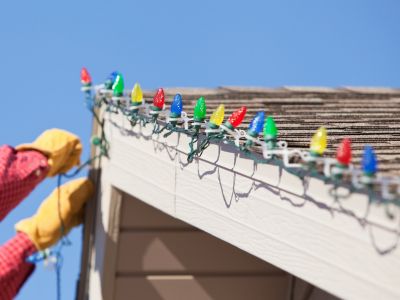 Holiday displays and lighting shouldn’t be put up without a plan. It can be easy to get caught up in the excitement of the season and cut corners when decorating, but this can have serious consequences, ranging from damage to the decorations to property damage.
Holiday displays and lighting shouldn’t be put up without a plan. It can be easy to get caught up in the excitement of the season and cut corners when decorating, but this can have serious consequences, ranging from damage to the decorations to property damage. 
 A
A  Another important electrical device or service is a carbon monoxide detector. These simple devices help monitor the air quality in a home, providing an alert when significant levels of carbon monoxide are present.
Another important electrical device or service is a carbon monoxide detector. These simple devices help monitor the air quality in a home, providing an alert when significant levels of carbon monoxide are present. 
 Before plugging in and displaying lights and electric decorations,
Before plugging in and displaying lights and electric decorations,  One of the most important safety precautions is to turn off all electric decorations and lights and to blow out any candles before leaving the home or going to bed. Leaving lights or candles unattended increases the risk of fires, especially if an accident occurs.
One of the most important safety precautions is to turn off all electric decorations and lights and to blow out any candles before leaving the home or going to bed. Leaving lights or candles unattended increases the risk of fires, especially if an accident occurs. 
 The latest developments in electrical outlet technology aim to mitigate the risks of electrical power. The first outlet option on this list aims to make electrical fires a thing of the past.
The latest developments in electrical outlet technology aim to mitigate the risks of electrical power. The first outlet option on this list aims to make electrical fires a thing of the past.  The second major threat presented by electricity is the risk of shock. For ready access to electrical power, there has to be plenty available at all times. Unfortunately, that means when the conditions are right, someone may experience a life-threatening shock. To prevent this, GFCI outlets were introduced to the market several decades ago.
The second major threat presented by electricity is the risk of shock. For ready access to electrical power, there has to be plenty available at all times. Unfortunately, that means when the conditions are right, someone may experience a life-threatening shock. To prevent this, GFCI outlets were introduced to the market several decades ago. 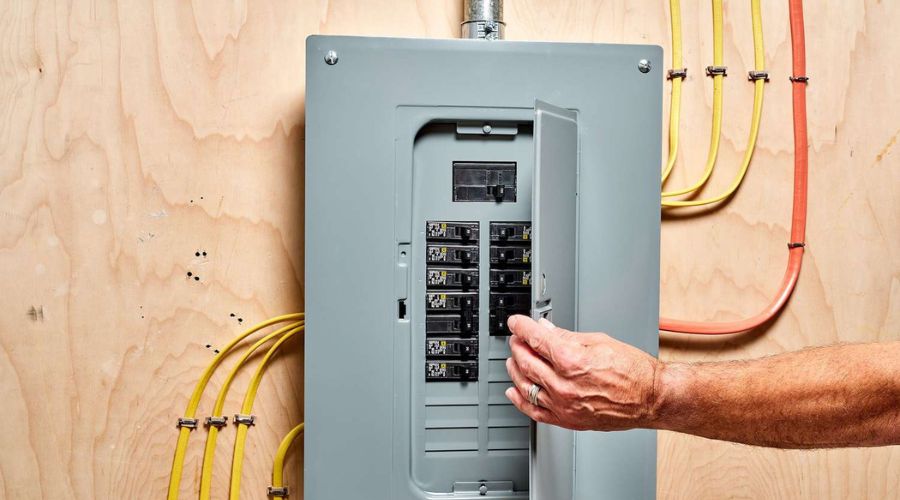
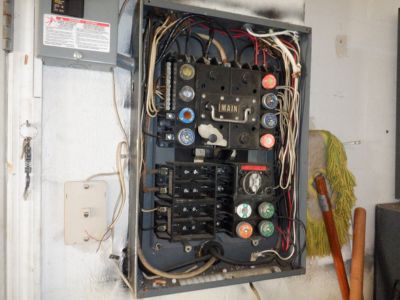 Before technology progressed to the point that electrical panels were available, fuse boxes did the job. One of the most vital functions of an electrical panel is that it limits the amount of power that can flow through a circuit so the wiring and outlets are safe from harm. Fuse boxes did the same thing in older construction. The problem is that fuse boxes began to be phased out about 60 years ago in favor of electrical panels.
Before technology progressed to the point that electrical panels were available, fuse boxes did the job. One of the most vital functions of an electrical panel is that it limits the amount of power that can flow through a circuit so the wiring and outlets are safe from harm. Fuse boxes did the same thing in older construction. The problem is that fuse boxes began to be phased out about 60 years ago in favor of electrical panels. 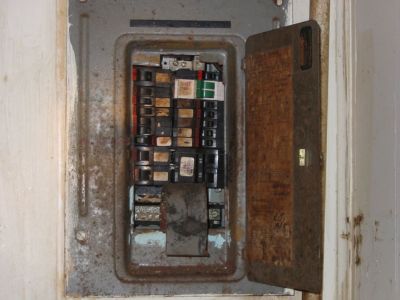 Electrical panels can last a long time in service before needing to be replaced. They can last over 20 years, with an
Electrical panels can last a long time in service before needing to be replaced. They can last over 20 years, with an